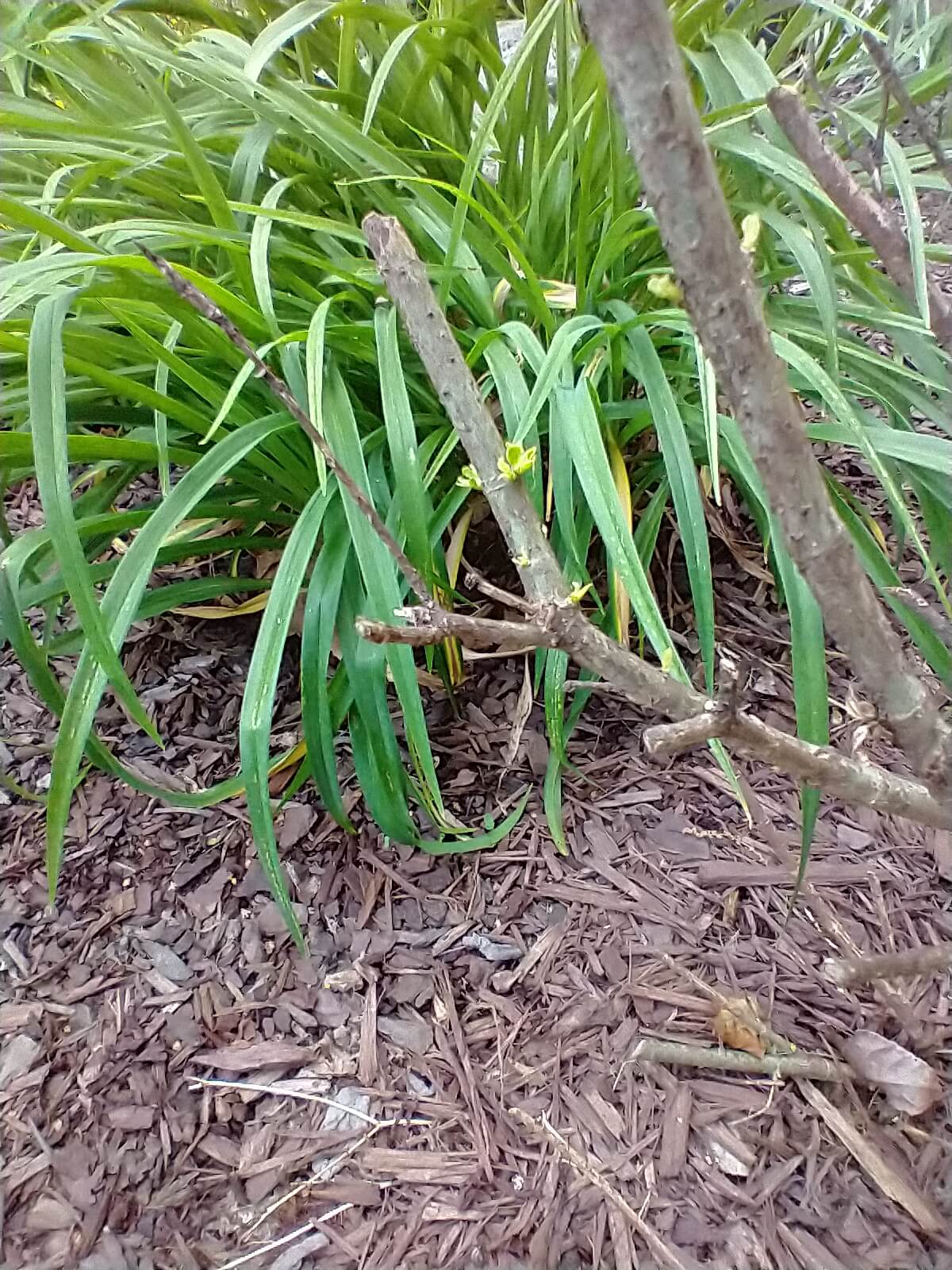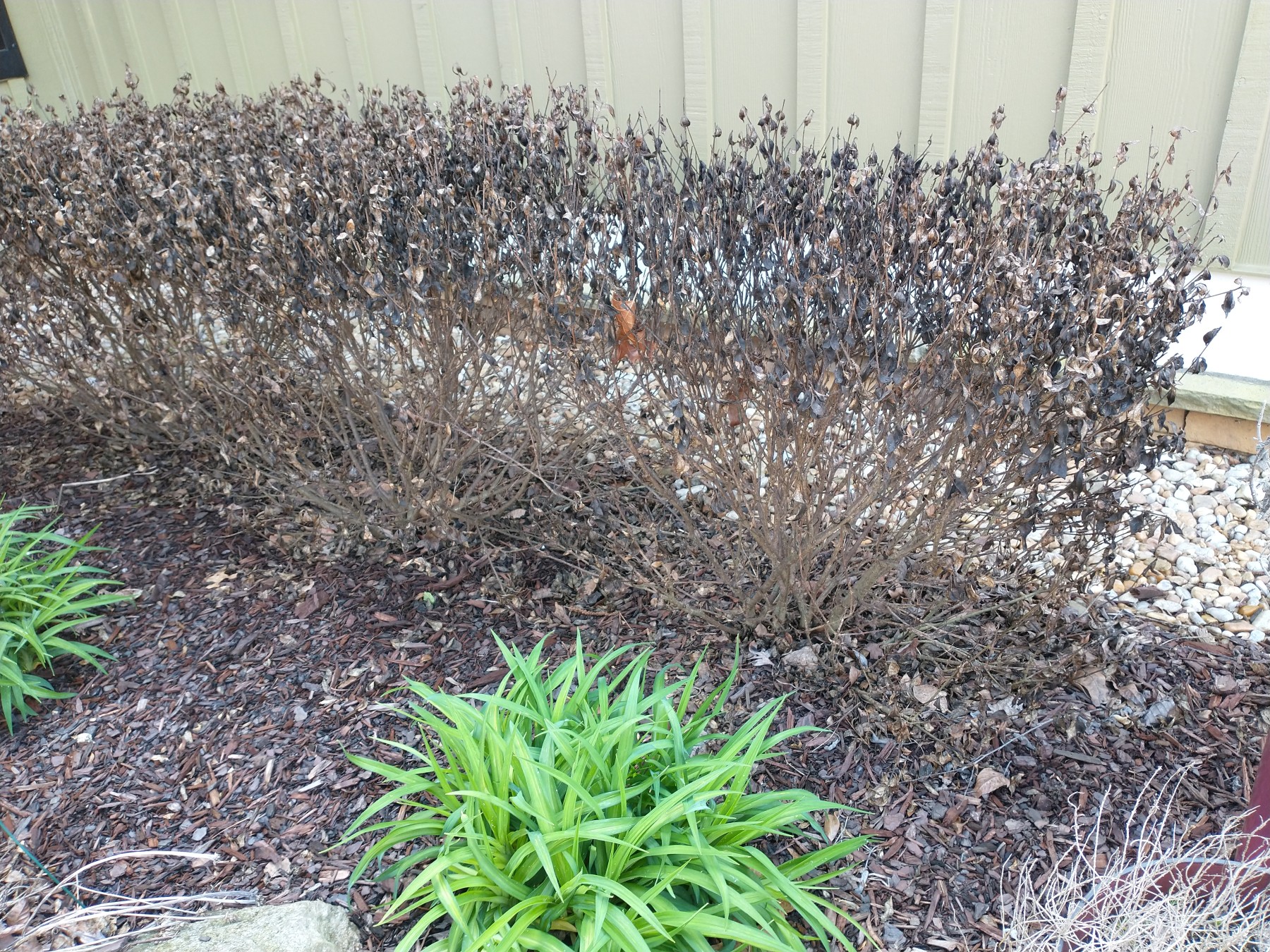Recent Posts
-

In the past couple of weeks, I’ve noticed an eruption of weeds in juniper ground cover plantings around the county. I saw this same issue last year, too, beginning in March. Ground covers are generally used as a low maintenance means to control weeds, sometimes in areas that are difficult to access. Creeping junipers (Juniperus…
Posted in: ANR -

Considering the increased focus on mental health over the past few years, I was surprised to learn that May has been national Mental Health Awareness Month since 1949. Mental health includes our emotional, psychological, and social well-being. It is not a fixed characteristic; it can change from time to time like our weight or hair…
Posted in: ANR -

Last month, I recommended renewal pruning for broadleaf shrubs showing signs of freeze injury. I applied this advice in late March to a gardenia hedge that turned black after the December deep-freeze, cutting the stems back severely until I found living tissue. I expected to see leaf buds within the first three weeks of April.…
Posted in: ANR -

In Forsyth County, 4-H youth in 4th-12th grade can participate in the Project S.A.F.E. Archery Team. The team practices weekly from August to April and competes in the Indoor Archery Match in Perry each January and Target Challenge Weekend in May. Divisions in 4-H Archery are divided by both age and discipline. The three age…
Posted in: 4-H -

In short, molasses is a byproduct created – to the tune of 55 million tons per year globally – in the refinement of sugar beets and sugar cane into those sweet crystals we love to eat. Molasses is the reason brown sugar is brown and moist. As a catalyst in history and products of the…
Posted in: ANR -

Last Saturday, April 22, 2023, the Post Road Library hosted the annual Forsyth County Master Naturalist Extension Volunteers’ Earth Day Celebration from noon to 3 p.m. Despite the windy weather, over 200 people visited the interactive displays to learn about the wonders of our water system and facts about biting insects, spin the wheel to…
Posted in: ANR -

Sparks are what help youth see the potential within themselves. Sparking young people’s inner passions, interests, and talents help inspire them on the path to success and is central to youth development work. In Forsyth County, the local Extension Staff and a dedicated group of certified volunteer leaders partner with young people in this process by…
Posted in: 4-H -

A walk through our local parks, state forests, and even our own backyard reveals a rich mixture of plants and wildlife. Typically, some will be native species and others are specimens imported from foreign regions. Is one type better than the other? In certain circumstances, both native and introduced species can become invasive. In a…
Posted in: ANR -

Renewal pruning is a technique used to reduce the size of overgrown shrubs – and sometimes as an opportunity to reshape shrubs into a more desirable form – by pruning the shrub down until the branches are just 6-12 inches above the ground. Mid-March is a good time to do renewal pruning.
Posted in: ANR -

Each year, local students in 7th through 12th grade submit a Portfolio to the local Extension Office to signify their intent to participate in Junior/Senior Project Achievement in March. Portfolios are a celebration of youth’s work and accomplishments over the last calendar year. The document is two pages long and highlight the youth’s work in…
Posted in: 4-H